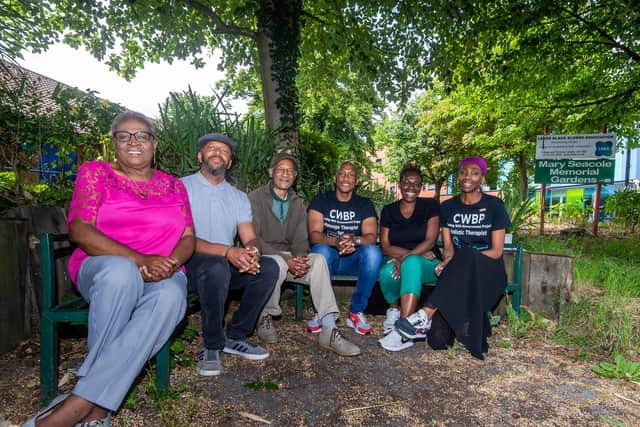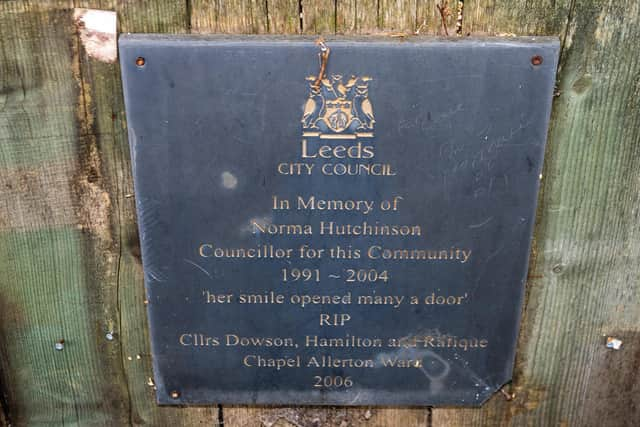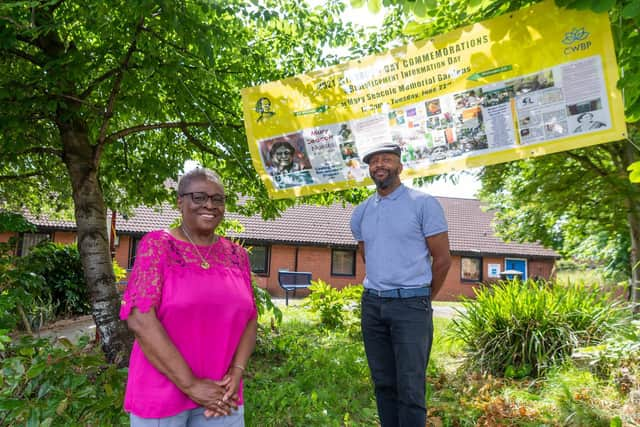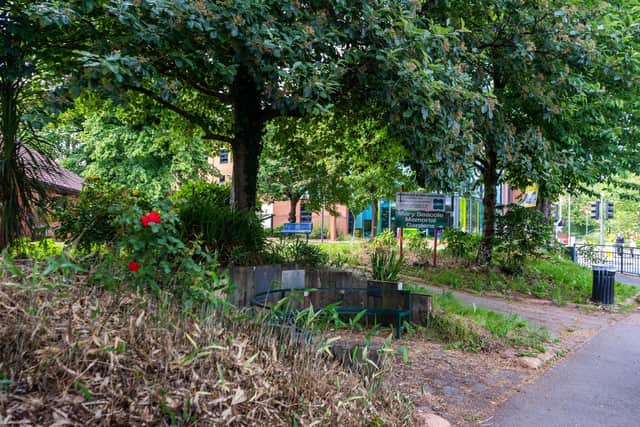Legacy of Mary Seacole and Chapeltown's Windrush residents will be remembered in memorial garden revamp
and live on Freeview channel 276
It was at a time when many black people in the Caribbean were forced to work as slaves. Although Mary’s mother was black, her father was a white Scottish army officer and Mary was born a ‘free person’.
She travelled to London as a teenager and learned about modern European medicine, which complemented traditional Caribbean techniques she had practiced as a child. Mary nursed her husband and mother through death, victims of the Kingston cholera epidemic and funded her own trip to nurse soldiers in the Crimean War (October 1853 to February 1856) after the British War Office refused her services.
Advertisement
Hide AdAdvertisement
Hide AdShe would attend battlefields while under fire to treat soldiers and returned to England after the war.


Mary Seacole died in 1881 and her story died with her, hardly being spoken of for around 100 years.
But, in a corner of Chapeltown, in an overgrown garden, there are plans to make sure that Mary Seacole and the impact of medicine and widespread disease are not forgotten again.
Chapeltown Memorial Gardens started out as a road-side bench inaugurated by the late Leeds Coun Norma Hutchinson in 2000 on main Chapeltown Road. In 2005 they had a makeover but have since fallen into disrepair.
Advertisement
Hide AdAdvertisement
Hide AdBut thanks to Windrush Funding, the Mary Seacole Nurses Association and the Coping with Bereavement Project they are set for a major renovation which will see them honour the current Windrush Generation living in and around Chapeltown - and also members of that same generation who are falling victim to the modern day pandemic - COVID 19.


There will be new seating, new memorial plaque walls and signboards, solar tree lights, new and sustainable raised planting schemes with a larger composting area and interpretation panels to tell the story of the gardens and the stories of the people from the Chapeltown community who were members of Leeds Mary Seacole Nurses Association and either arrived in England on the SS Empire Windrush or are descended from the Windrush generation.
Gloria Hanley, is a former community midwife and arrived in the UK as a teenager 55 years ago.
She is chairman of the Mary Seacole Nurses Association. She said: "Because it is in such a prominent position and so many people are dying in the community because of COVID, many from the Windrush Generation, I wanted to know how we could mark the passing of this generation. I took upon the idea of having memorial plaques in the garden so, if they want, people can erect a plaque to remember their loved ones.
Advertisement
Hide AdAdvertisement
Hide Ad"People can go in and reflect and focus on Mary Seacole herself. The garden is two fold - in her honour and the Windrush Generation of 1940 to 1971. They are the older generation, some of my children would not know who certain characters are and so, when relatives place a plaque, a story can be unfolded."


An information event marking the start of the redevelopments and informing the wider community will take place on Tuesday, from 12-2pm, and all are welcome.
Mary Seacole
Mary’s mother ran a lodging house, called Blundell Hall, which was much respected by local people in Kingston, Jamaica’s capital city. But she was also a healer and taught Mary many of her skills using traditional Jamaican medicines which Mary, a keen student from early childhood, practiced on her doll, dogs and cats and herself.
In 1823, Mary went to London on her own and stayed for two years before travels took her to Cuba, Haiti and the Bahamas, returning to Kingston in 1826 to nurse her patroness in a long illness.
Advertisement
Hide AdAdvertisement
Hide Ad

Mary married Edwin Horatio Hamilton Seacole in 1836. They set up a store at Black River, but Edwin became unwell and delicate so Mary would nurse him as best as she could until he died in 1844, followed closely by the death of her mother. These deaths devastated Mary.